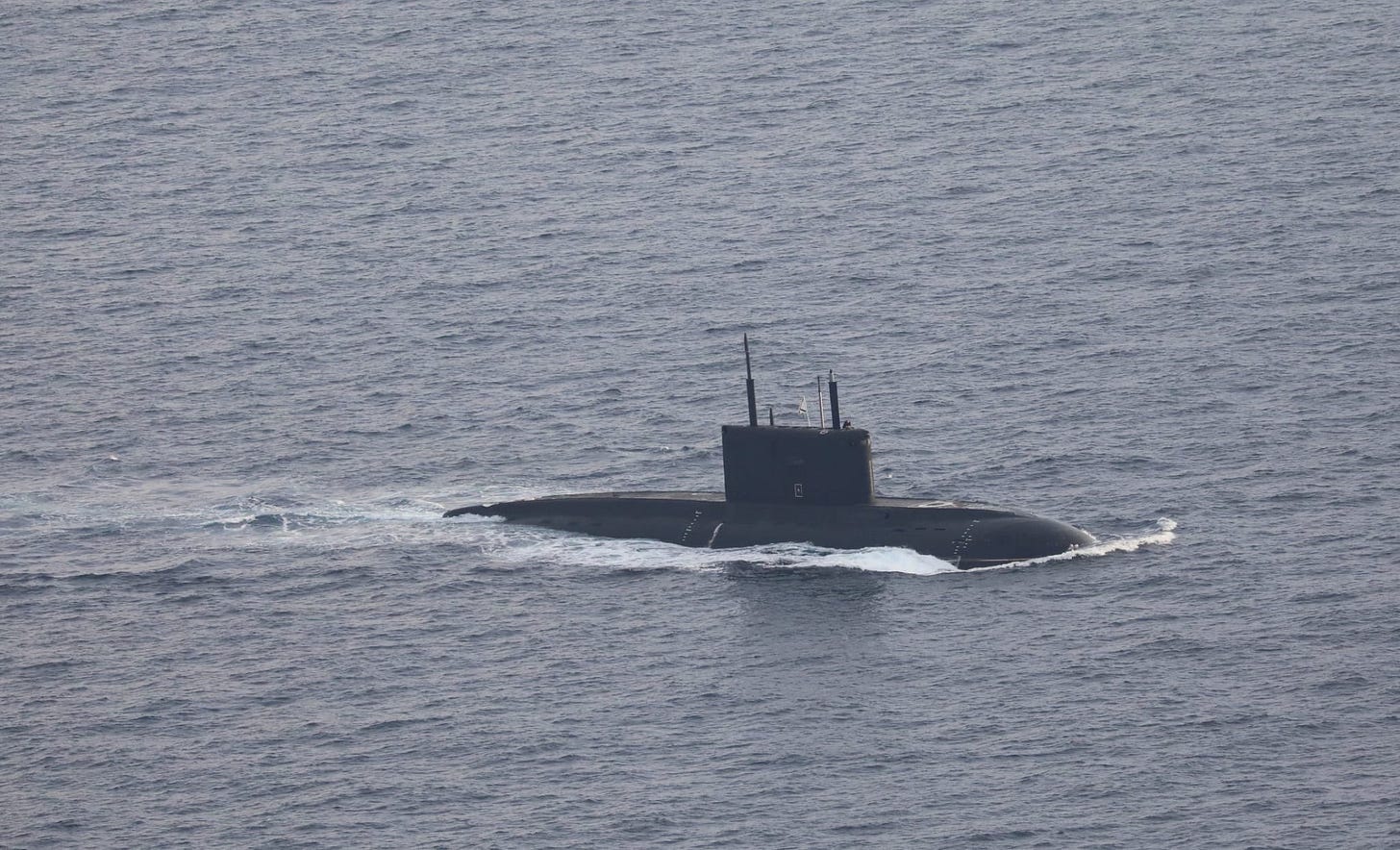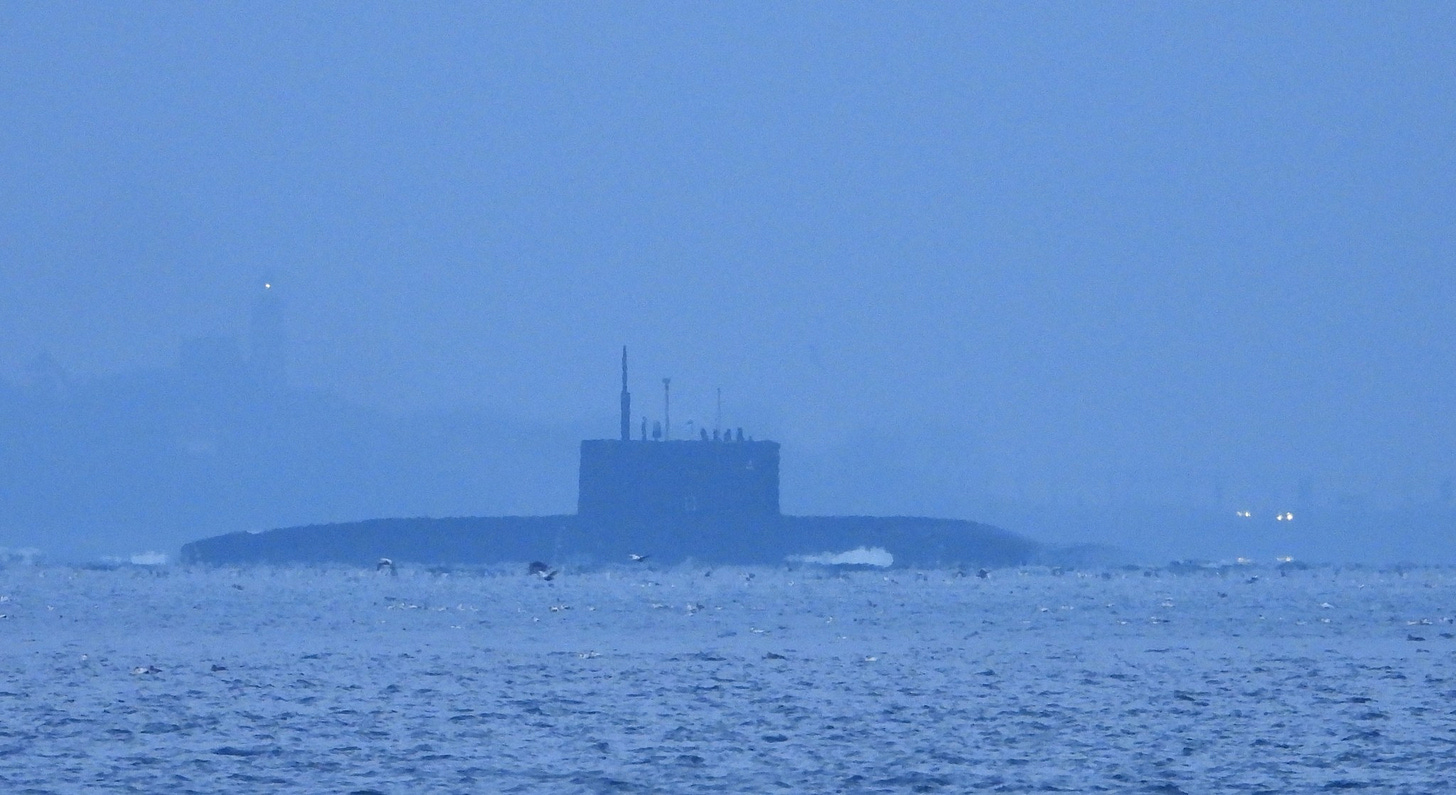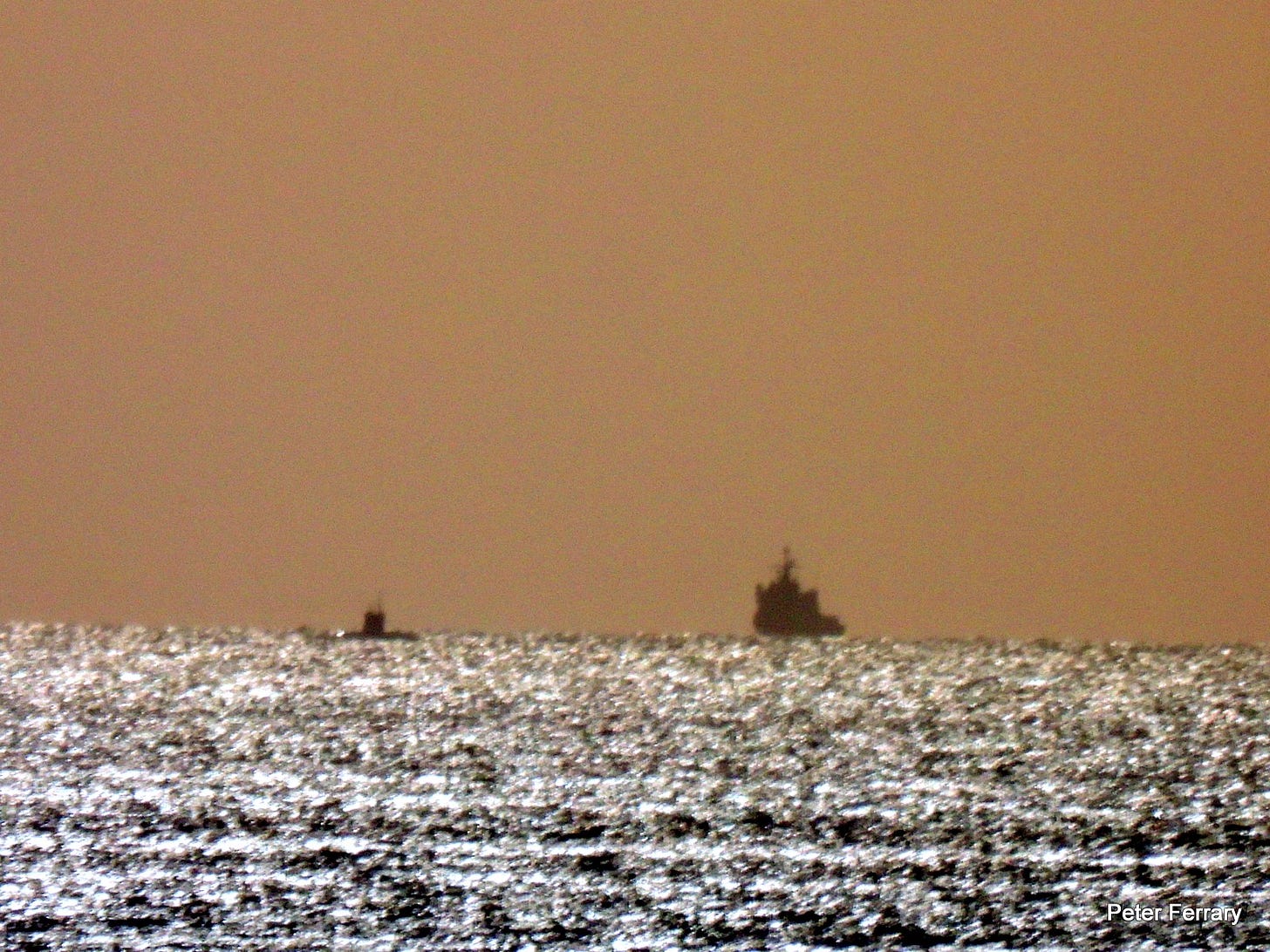Russia restores its conventional submarine presence in the Mediterranean Sea but how long will it last?
As a Russian conventional submarine returns to the Mediterranean Sea the lack of base support suggests that without innovative solutions, this may be a brief operational deployment.
After a forty-one day hiatus an unidentified Russian Navy Kilo Type 636.3 class conventional diesel-electric submarine (SSK) returned to the Mediterranean Sea during the evening 12 February 2025. With no support facilities thus far identified it could be a brief return however, Russia does have options to maintain a full-time SSK presence although it will take them out of their comfort zone and markedly increase platform attrition.

The submarine, likely either Black Sea Fleet B-261 “Novorossiysk” or B-265 “Krasnodar”, was visually identified departing the Baltic Sea on 3 February 2025 escorted by Russian Navy Baltic Fleet Pr.712 Sliva class ocean-going tug “Evgeniy Churov”, a known submarine consort tug which escorted Kilo class B-261 Novorossiysk to the Mediterranean Sea between August and September 2024.

The fact that a Kilo class SSK has re-entered the Mediterranean Sea is intriguing and hints that Russia may have secured, or expects to secure, a limited port access deal with a regional ally. Following the loss of access to Tartus, Russian military and civilian logistics vessels transported Russian equipment out of the Mediterranean Sea however, Northern Fleet Pr. 22350 class frigate SKR-456 “Admiral Golovko”, Black Sea Fleet Pr.11356R class frigate SKR-494 “Admiral Grigorovich” and their support tanker Northern Fleet tanker “Vyazma” and Pr.861M Moma class SSV “Kildin” remain at large in the Mediterranean Sea. A five vessel Task Group needs less port space and is a less obvious presence for sensitive locals particularly, as at least one vessel is typically on patrol at any one time. The possibility exists that Russia has secured a port access deal for the submarine making a return to conventional submarine operations tenable.

Alternatively, if Russia hasn’t secured a port why sail a SSK? The forced departure of B-261 Novorossiysk in January 2025 left a huge capability gap which would have been keenly felt. Russia’s need to regain operational capability, regional influence and prestige may have driven the Navy to consider and indeed try, short roulement deployments of SSKs without using ports or using short “pit stops” in Mers-el-Kebir or another friendly port to extend SSK on-station times out to as much as six months for a single SSK platform.
The relative lower endurance of conventional submarines compared to nuclear-powered (SSN/SSGN) submarines means that deployments could see Russia conduct short, assessed 3-month roulement deployments of SSKs cycling between Black Sea Fleet B-261 Novorossiysk & B-265 “Krasnodar” with newly commissioned and operationally-certified Pacific Fleet Kilo B-608 “Mozhaisk” (and reaching into 2026/27 timeframe with B-610 “Yakutsk”).
This type of back-to-back roulement has not been used since the Cold War and the Russian Navy no longer operate their SSGN/SSN/SSK force at such high operational tempo due to the significant engineering stress and attrition it places on the platforms. It is a bold move but would staunch the TG capability gap and meet their aims.
In summary, it remains to be seen how Russia intends to operate this Kilo but its presence does enhance the warfighting capability of the Mediterranean Sea TG. However, without regional port access and basing the price to pay for maintaining that capability will likely induce significant attrition across the available Kilo class ORBAT.
James Droxford is a former Navy and Intelligence Agency signals intelligence officer and Defence Intelligence submarine desk officer/analyst. Now a civilian, he is an independent maritime intelligence producer, analyst and reporter on Russian Naval Forces.





…feeling enabled, EU better come to their senses ASAP